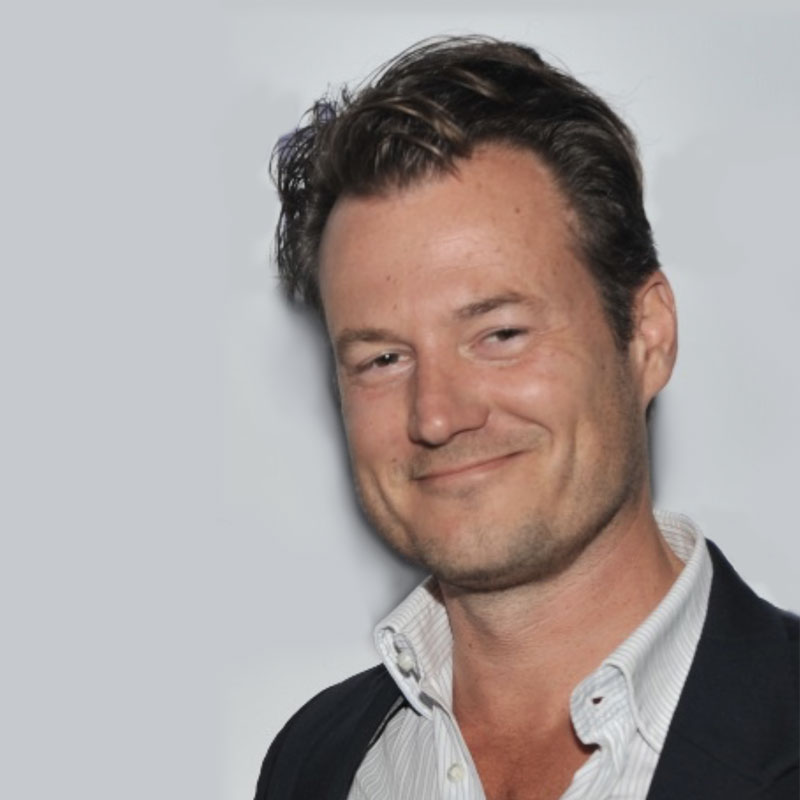Plenary 4
Thursday, October 10
15:50–16:50

Perspectives on US-Funded Research in Marine Bioluminescence
Michael Twardowski, Harbor Branch Oceanographic Institute, USA
The US Office of Naval Research started a significant basic research program in marine bioluminescence and optics in the 1980’s that continues to this day. Early collaborative field experiments included BIOWATT and MLML with associated development of new technologies for measuring bioluminescence. After a comparative lull in work relating to bioluminescence science, activity in the field has been increasing again in the last few years.
In recent work at HBOI, a next generation, high-intake, COmpact, Defined EXcitation bathyphotometer (CODEX-BP) was developed to provide high quality First Flash Mechanically Stimulable Light (FF-MSL) from bioluminescence for the comprehensive plankton field. Similar to the historical HIDEX sensor in operation until 2005 (Widder et al. 1993), CODEX has high flow rates of at least 18 L/s to entrain microzooplankton with incident shear for excitation applied by a square grid with 1 cm spacing. Two arrays of photomultiplier tubes (PMTs) line a spiral tubular chamber long enough to record temporal emission kinetics up to 1 s in duration. A Bellamare shadowgraph imager is integrated just inside the intake to image organisms immediately before grid stimulation, enabling development of a library of emission kinetic signatures.
Although many microzooplankton exhibit bioluminescence from mechanical stimulation, their specific emission kinetic signatures are poorly known. These signatures are proving to be a promising index for plankton diversity and identification. Concomitant measurements with CODEX include optical properties to use in light propagation models and several multi-frequency acoustics systems to remotely map zooplankton distributions and migrations. Plankton abundances and diversity are being characterized with onboard microscopy with samples from net tows and individual organisms are being run through a lab version of CODEX. An above water, low-light imaging system has also been developed to image bioluminescent wakes from nekton. Wakes are being reproduced with CFD modeling to better understand distributions of bioluminescent organisms and flow fields around simple objects and swimming animals. Field testing in 2024 is being carried out in the Indian River Lagoon FL, the Gulf of Mexico, the San Juan Islands, the coast of Norway, and coast of Rhode Island.
Questions?
Contact Jenny Ramarui,
Conference Coordinator,
at [email protected]
or (1) 301-251-7708
